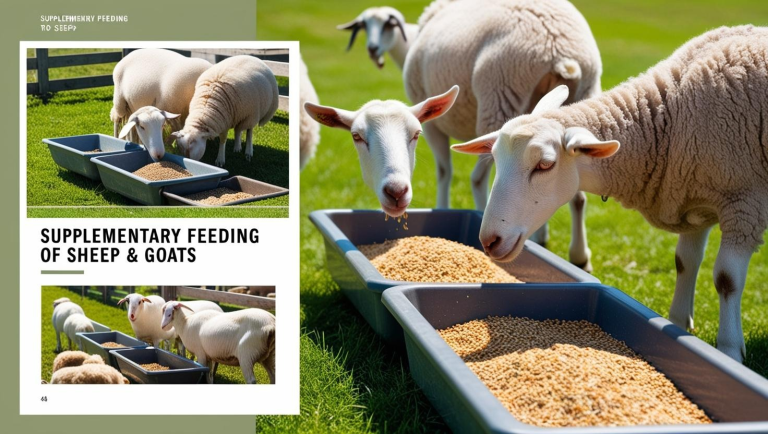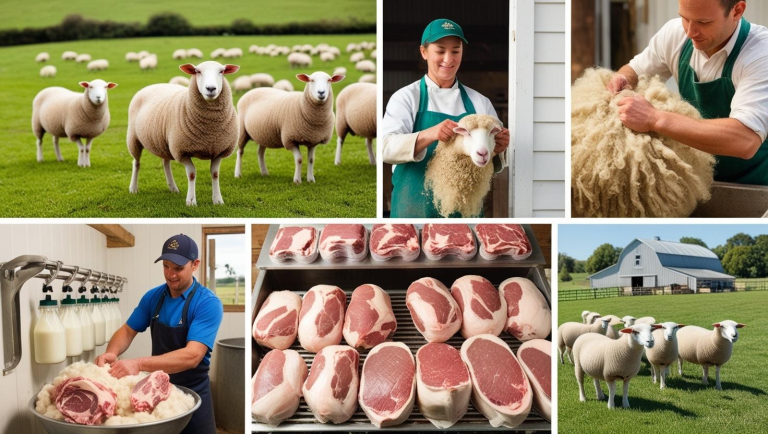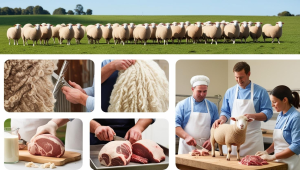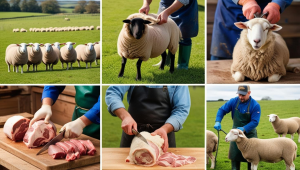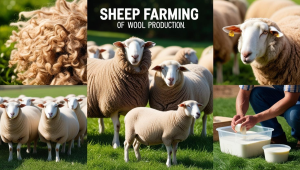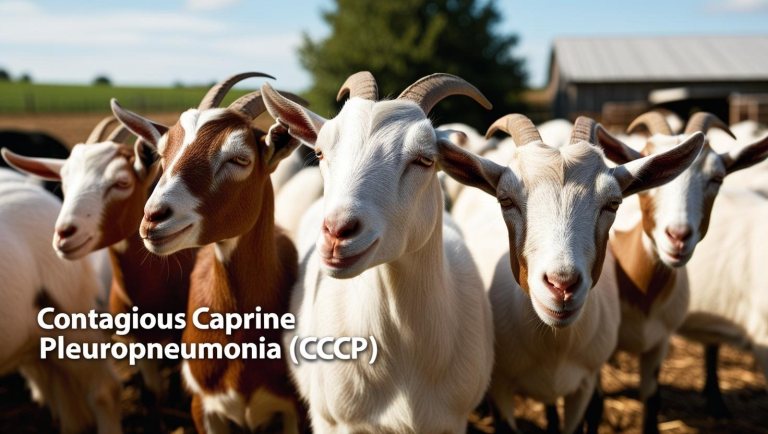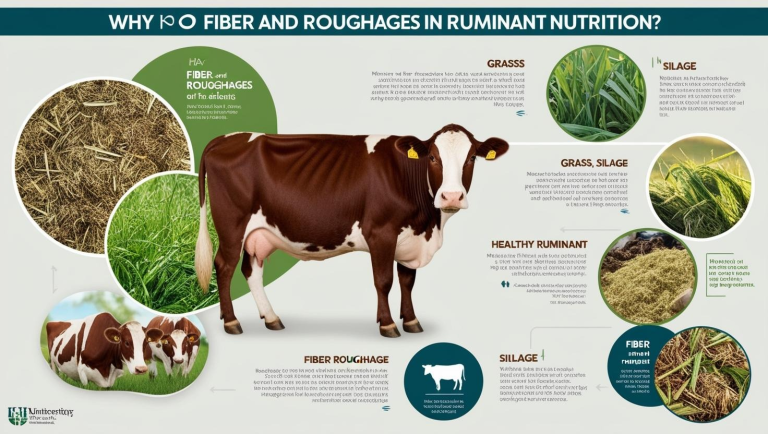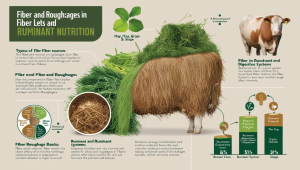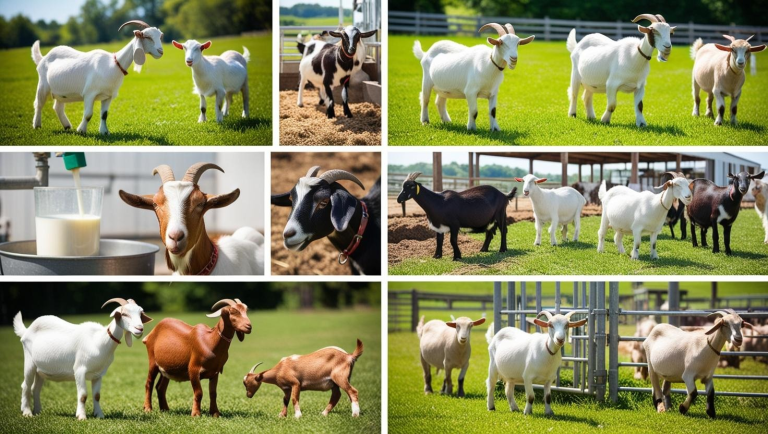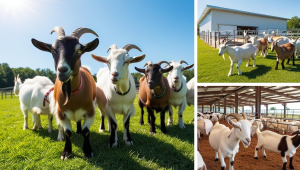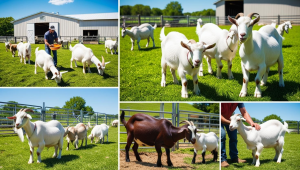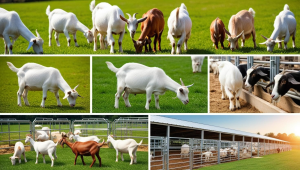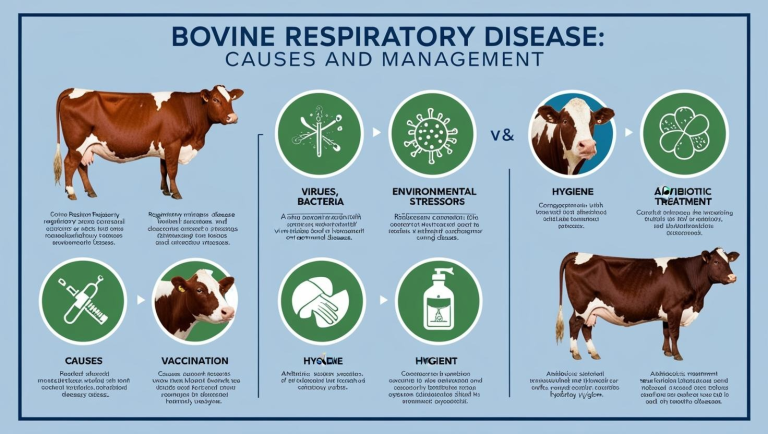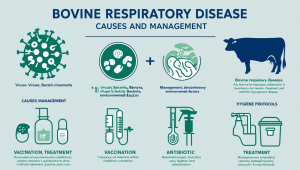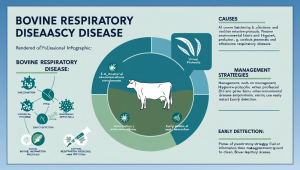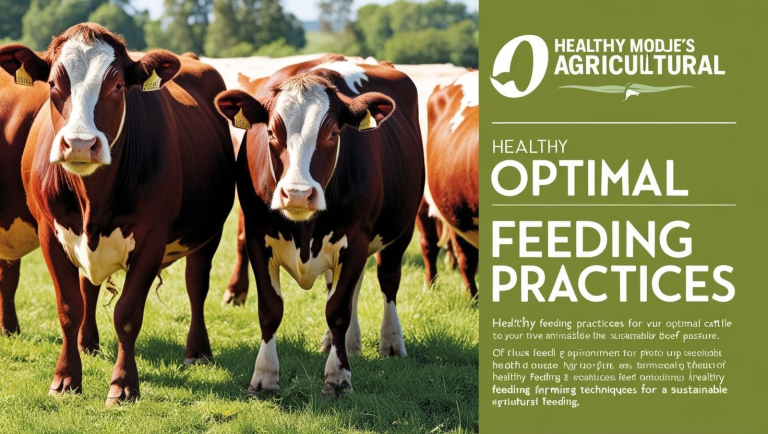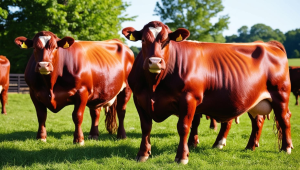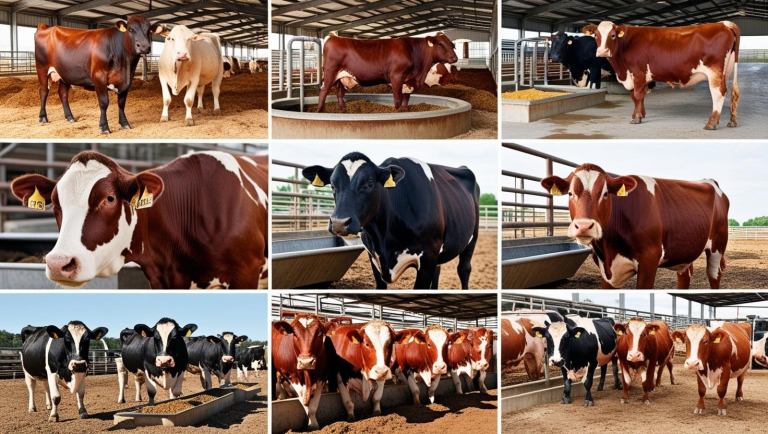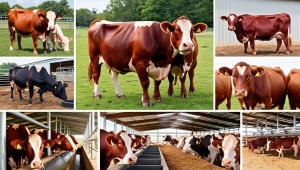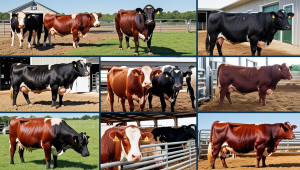Supplementary feeding plays a crucial role in the nutrition and productivity of sheep and goats, particularly in regions where natural pasture is insufficient due to seasonal changes, drought, or poor-quality forage. Proper supplementation ensures optimal growth, reproduction, milk production, and overall health of small ruminants. Understanding the types of supplementary feeds, feeding strategies, and their benefits can help farmers improve their flock’s productivity and economic returns.
Why Supplementary Feeding is Necessary
Click HERE to join our WhatsApp group
Sheep and goats primarily rely on grazing and browsing, but natural pastures often lack essential nutrients, especially during dry seasons. Supplementary feeding helps to:
Meet Nutritional Deficiencies: Ensure an adequate supply of protein, energy, vitamins, and minerals.
Improve Growth Rates: Young and growing animals require additional nutrients to reach their full potential.
Enhance Reproductive Performance: Proper nutrition supports fertility, pregnancy, and lactation.
Boost Milk and Meat Production: High-yielding dairy and meat breeds benefit from additional nutrients.
Prevent Diseases and Deficiencies: Adequate feeding reduces susceptibility to metabolic diseases and nutritional deficiencies.
Types of Supplementary Feeds
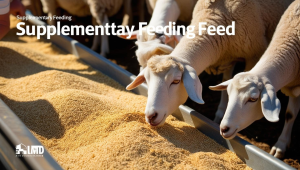
Supplementary feeds can be classified into different categories based on their nutrient content and function.
READ ALSO: Chronic Respiratory Disease(CRD) in Poultry
1. Energy Supplements
Energy is essential for growth, maintenance, and production. Common energy supplements include:
Cereal grains: Maize, barley, wheat, and oats provide quick-digesting carbohydrates.
Molasses: A palatable energy source that improves feed intake.
Root crops: Sweet potatoes, cassava, and carrots are rich in carbohydrates.
By-products: Wheat bran, rice bran, and brewers’ grains serve as energy-rich supplements.
2. Protein Supplements
Protein is necessary for muscle development, reproduction, and milk production. High-protein feeds include:
Legume hays: Alfalfa, clover, and lucerne are excellent protein sources.
Oilseed meals: Soybean meal, cottonseed meal, and sunflower meal provide high-quality protein.
Fish meal and meat meal: Animal-based protein sources improve growth rates.
Leafy fodders: Moringa, Leucaena, and Gliricidia leaves offer natural protein.
3. Mineral and Vitamin Supplements
Minerals and vitamins are critical for metabolic functions, bone development, and immune response.
Calcium and Phosphorus: Essential for bone strength and milk production.
Salt licks: Provide necessary sodium and trace minerals.
Vitamin A, D, and E: Support vision, bone health, and immunity.
Commercial mineral premixes: Ensure balanced nutrition, especially for intensively managed flocks.
READ ALSO: STUNTED GROWTH IN BROILERS
4. Roughage and Fiber Supplements
Although sheep and goats are ruminants and rely on fibrous feeds, additional roughage can be beneficial.
Straw and crop residues: Rice straw, wheat straw, and maize stover serve as bulk feeds.
Silage and hay: Provide preserved nutrients for dry seasons.
Peanut and soybean hulls: Improve fiber intake and digestion.
5. Special Supplements for Specific Needs
Urea-molasses blocks: Provide a combination of energy, nitrogen, and minerals.
Probiotics and yeast cultures: Enhance digestion and rumen function.
Fat supplements: Improve energy density in high-producing dairy animals.
Feeding Strategies for Effective Supplementation
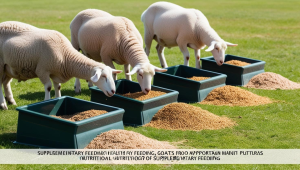
Effective supplementary feeding requires proper planning and execution.
READ ALSO: POULTRY HOUSE VENTILATION
1. Assessing Nutritional Needs
Consider the animal’s age, weight, production stage (growth, pregnancy, lactation), and overall health.
Conduct forage analysis to determine deficiencies in the diet.
2. Balancing Rations
Ensure the right mix of energy, protein, fiber, vitamins, and minerals.
Avoid excessive supplementation, which can lead to metabolic disorders like acidosis.
3. Feeding Methods
Group feeding: Suitable for large flocks where feed is distributed in troughs.
Individual feeding: Ideal for high-producing animals needing specific diets.
Free-choice feeding: Providing mineral licks and roughage for self-regulation.
4. Timing and Frequency
Feed animals at consistent times daily to promote digestion and nutrient absorption.
Provide supplements gradually to prevent digestive disturbances.
Economic Considerations of Supplementary Feeding
While supplementary feeding improves productivity, it also involves costs. Farmers should:
Compare the cost of supplements with expected productivity gains.
Utilize locally available and cost-effective feed resources.
Implement strategic feeding during critical periods (e.g., late pregnancy, early lactation).
Challenges in Supplementary Feeding
High feed costs: Commercial supplements can be expensive.
Feed quality variability: Poor storage conditions can lead to spoilage.
Nutritional imbalances: Overfeeding or underfeeding can affect productivity.
Access to feed resources: Remote areas may lack quality feed supplies.
Conclusion
Supplementary feeding is essential for maximizing the productivity and health of sheep and goats, especially in resource-limited settings. By understanding different types of supplements, feeding strategies, and economic implications, farmers can optimize their feeding programs for better growth, reproduction, and production outcomes. Strategic supplementation, coupled with good management practices, ensures sustainable and profitable sheep and goat farming.
READ ALSO: The Role of Water in Livestock Production
Water is an essential component of livestock production, playing a crucial role in maintaining animal health, ensuring optimal growth, and sustaining agricultural operations. As one of the most critical resources in livestock farming, water directly impacts productivity, feed efficiency, and overall farm sustainability. This article explores the multifaceted role of water in livestock production, covering its importance in animal physiology, feed digestion, hygiene, and environmental sustainability…
READ ALSO: Alternative Feed Ingredients and Their Benefits
Feed is the most significant cost in livestock and poultry farming, often accounting for 60-70% of total production expenses. Traditionally, commercial feeds rely on conventional ingredients such as corn, soybean meal, fishmeal, and wheat. However, rising feed costs, fluctuating availability, and environmental concerns have led researchers and farmers to explore alternative feed ingredients…
Click HERE to join our WhatsApp group

